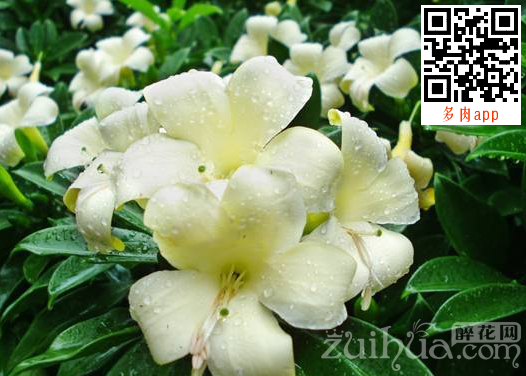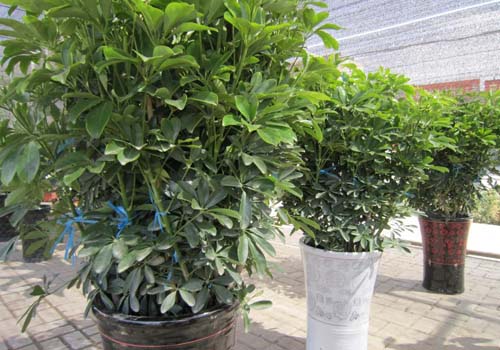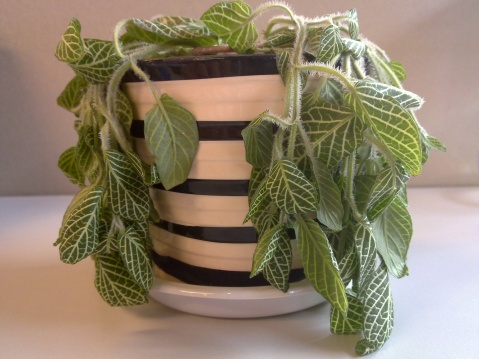How to cultivate and manage Grey
Cinnamomum evergreen or shrubby, sometimes climbing. It is sunny, shady and cold-resistant. It is green all the year round and grows well in the south subtropics. Lax requirements for soil, strong adaptability, rough growth and easy cultivation. Huili is an excellent indoor foliage plant with luxuriant branches, beautiful tree shape, nearly fleshy leaves and bright green leaves.
1. Reasonable dimming
Grey likes the warm sunshine, but summer and autumn should avoid direct sunlight at noon so as not to cause leaf burns. At the same time, its phototropism is strong, it is necessary to turn the flowerpot every 10 to 15 days indoors to prevent the crown from deviating, and it should not be placed for more than two months in the environment of insufficient light, otherwise the leaves will yellowing and fall off due to lack of light.
2. Reasonable humidification
Huili likes the environment with high humidity and good ventilation. Therefore, more water should be watered in summer and placed in the shade. At the same time, spray wine foliar water to increase local air humidity to keep the leaves green.

1, reasonable dimming gray lively like the warm sun environment, but summer and autumn should avoid the noon sun direct light, so as not to cause leaf burns. At the same time, its phototropism is strong, and it is necessary to turn the flowerpot every 10 to 15 days indoors to prevent the crown from deviating, and it should not be placed for more than two months in the environment of insufficient light, otherwise the leaves will yellowing and fall off due to lack of light. 2. Reasonable humidification Huili prefers the environment with high humidity and good ventilation. Therefore, more water should be watered in summer and placed in the shade. At the same time, spray foliar water to increase local air humidity to keep the leaves green. 3. During the growing period of rational fertilization, the mature thin bean cake fertilizer with moderate proportion of nitrogen, phosphorus and potassium should be applied every 15 to 20 days, and attention should be paid to prevent excessive nitrogen fertilizer from overgrowing, affecting flowering and tree shape. After entering autumn, 0.2%-0.3% potassium dihydrogen phosphate should be properly sprayed, the amount of watering should be gradually reduced at the end of autumn, and fertilization should be stopped. In winter, the northern potted plant Huili can survive the winter by putting it in the room above 5 ℃. 4. Reasonable pruning of Huili sprouting and tillering is relatively strong, extremely resistant to pruning, and can be shaped and pruned at will during the growing period, which can usually be cut into spherical, platform and fan shape. in order to maintain a beautiful tree shape, the tillering buds at the bottom of the plant should be cut off in time so as not to consume too much nutrients. 5. Huili can be propagated by cutting, sowing, striping and ramet, but cutting is the main method in the north. From July to August, the branches of the same year were cut into 8 cm and 10 cm for cuttings, and 3-4 top leaves were retained and inserted into clean river sand. They were placed in the greenhouse and rooting in 40-60 days, with a survival rate of more than 85%. 6. The soil of Huili, the cultivation medium, should be cultivated in loose, fertile and well-drained sandy soil. Potted plants in the north can be prepared with 7 parts of rotten leaf soil, 1 part of river sand, 1 part of retted organic fertilizer and 1 part of fermented sawdust. During the growing season, the potted plants were loosened once a month to keep their roots in a good state of penetration. 7. disease and pest control anthrax: anthrax mostly occurs on twigs and leaves, with nearly round to irregular sunken spots, brown edges, gray-white to grayish brown in the center, and sparse black grains on the top, which is its conidium disk. Prevention and treatment: at the initial stage of the disease, 50% carbendazim wettable powder 800 times, 25% chlorothalonil wettable powder 800 times, or 25% carbendazim wettable powder 500 times, alternately sprayed every 10 days for 3 to 4 times. Sunburn: sunburn in the heat of summer when the shade is not in place, the young shoots and young leaves of potted African jasmine are prone to sunburn, which is characterized by gray or light white burn spots on the leaves. Prevention and control methods: use shading net to shade and change position properly; in high temperature and dry season, appropriately increase watering times and amount of water, and if necessary, pour water on the leaf surface; for the burned plants, move them to the shade shed in time, cut off the burnt shoots and young leaves, strengthen water and fertilizer management, and make the plants return to health as soon as possible. The adults and nymphs of banyan thrips can be harmful to ash, mainly to young leaves and buds, but not to old leaves. Adults and nymphs file sucking juice along both sides of the main vein of the tender leaf, which can form galls on the leaf surface; seriously cause deformities, such as leaf distortion or curl along the main vein. The phenomenon of adults and nymphs clustered together can be seen on a leaf. Physical control: for plants damaged by a small number of banyan tube thrips, the occurrence of banyan tube thrips can be controlled by removing the branches and leaves damaged by insects and burning them centrally. Biological control: the use of banyan thrips natural enemies of insects, such as seven-star ladybug, tortoise ladybug and other lady beetles adults, larvae can eat banyan thrips. Chemical control: for plants that have not been damaged by banyan tube thrips, they can be prevented by spraying 2500 times of Tianwang liquid or 1000 times of Jinzun liquid when drawing new leaves; for plants that have already suffered from insect pests, they can be sprayed every 6-7 days, 3-4 times according to the situation. Conclusion: the above is the introduction of the maintenance methods of Huili. I hope you can communicate more about the planting experience of Huili.
- Prev

The Culture method of Ping an Tree
Ping an tree is a foliage plant loved by many flower friends in recent years. it is a small evergreen tree of Cinnamomum camphora of Lauraceae. Its real name is Lanyu cinnamon. It turns out that it is mostly produced in Lanyu Island. Its aliases include Hongtouyu cinnamon, Hongtoushan cinnamon, Fanglan mountain cinnamon, big leaf cinnamon, Taiwan cinnamon and so on. After many florists get started
- Next

What if the reticulate grass wilts?
-the pot of good reticulated grass may suddenly find wilting, and flower friends do not know what to do. In fact, there are three reasons: lack of water, stagnant water, and cold weather, so what if the reticulated grass wilts? Analysis of the reasons for the wilting of reticulated grass: lack of water, because some flower friends are not watered thoroughly, so it leads to water shortage of reticulated grass.
Related
- Fuxing push coffee new agricultural production and marketing class: lack of small-scale processing plants
- Jujube rice field leisure farm deep ploughing Yilan for five years to create a space for organic food and play
- Nongyu Farm-A trial of organic papaya for brave women with advanced technology
- Four points for attention in the prevention and control of diseases and insect pests of edible fungi
- How to add nutrient solution to Edible Fungi
- Is there any good way to control edible fungus mites?
- Open Inoculation Technology of Edible Fungi
- Is there any clever way to use fertilizer for edible fungus in winter?
- What agents are used to kill the pathogens of edible fungi in the mushroom shed?
- Rapid drying of Edible Fungi

